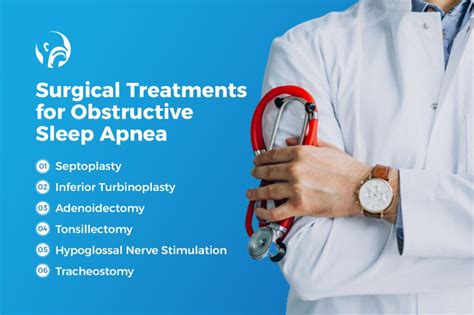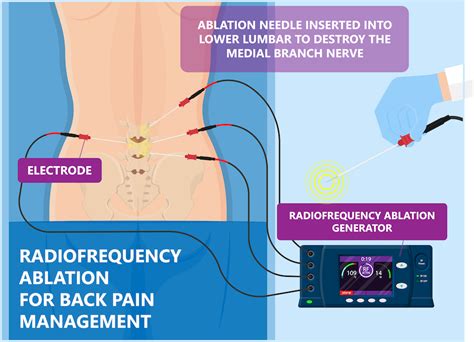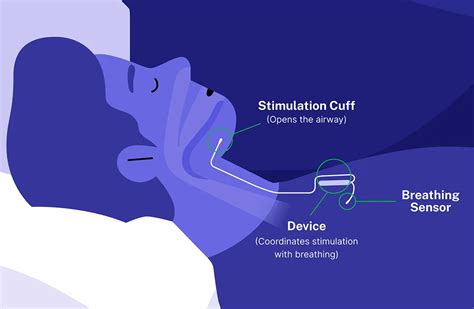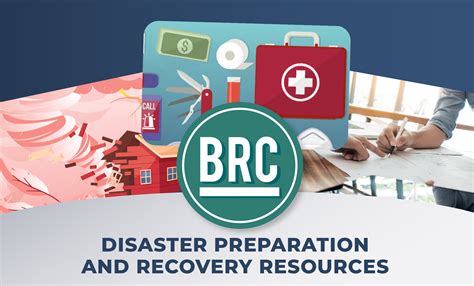Intro
Discover sleep apnea surgery options, including minimally invasive procedures, upper airway stimulation, and orthognathic surgery, to treat obstructive sleep apnea and improve breathing, sleep quality, and overall health.
Sleep apnea is a serious sleep disorder that affects millions of people worldwide, causing them to stop breathing repeatedly during sleep. This condition can lead to daytime fatigue, headaches, and increased risk of accidents, as well as long-term health consequences such as high blood pressure, heart disease, and stroke. While lifestyle changes and non-surgical treatments can help manage sleep apnea, surgery may be necessary for some individuals. In this article, we will explore the various sleep apnea surgery options available, their benefits, and what to expect from the procedures.
Sleep apnea surgery is typically recommended for people with moderate to severe obstructive sleep apnea (OSA) who have not responded to other treatments, such as continuous positive airway pressure (CPAP) therapy or oral appliances. Surgery can help to remove or reduce blockages in the airway, improve breathing, and reduce the frequency and severity of apnea episodes. There are several types of sleep apnea surgery, each targeting different areas of the upper airway.
Sleep Apnea Surgery Types

The most common sleep apnea surgery types include uvulopalatopharyngoplasty (UPPP), radiofrequency ablation (RFA), and maxillomandibular advancement (MMA). UPPP involves removing excess tissue from the uvula, soft palate, and pharynx to widen the airway. RFA uses heat to shrink and tighten the tissues in the upper airway, reducing obstruction. MMA involves advancing the upper and lower jaw bones to increase the size of the airway.
Uvulopalatopharyngoplasty (UPPP)
UPPP is one of the most common sleep apnea surgeries, accounting for approximately 30% of all sleep apnea surgeries. The procedure involves removing excess tissue from the uvula, soft palate, and pharynx to widen the airway. This can help to reduce the frequency and severity of apnea episodes, improve breathing, and enhance overall sleep quality. UPPP can be performed under general anesthesia or local anesthesia with sedation, and the procedure typically takes 1-2 hours to complete.Radiofrequency Ablation (RFA)

RFA is a minimally invasive procedure that uses heat to shrink and tighten the tissues in the upper airway, reducing obstruction. The procedure involves inserting a thin, flexible tube with a radiofrequency probe through the mouth or nose, and applying heat to the targeted tissues. RFA can be performed under local anesthesia with sedation, and the procedure typically takes 30-60 minutes to complete. RFA can help to reduce the frequency and severity of apnea episodes, improve breathing, and enhance overall sleep quality.
Maxillomandibular Advancement (MMA)
MMA is a surgical procedure that involves advancing the upper and lower jaw bones to increase the size of the airway. This can help to reduce the frequency and severity of apnea episodes, improve breathing, and enhance overall sleep quality. MMA is typically performed under general anesthesia, and the procedure typically takes 2-3 hours to complete. MMA can be an effective treatment option for people with severe OSA who have not responded to other treatments.Sleep Apnea Surgery Benefits

Sleep apnea surgery can offer several benefits, including improved breathing, reduced frequency and severity of apnea episodes, and enhanced overall sleep quality. Surgery can also help to reduce the risk of long-term health consequences associated with sleep apnea, such as high blood pressure, heart disease, and stroke. Additionally, sleep apnea surgery can improve daytime functioning, reduce fatigue, and enhance overall quality of life.
Risks and Complications
As with any surgical procedure, sleep apnea surgery carries risks and complications, including bleeding, infection, and respiratory problems. Additionally, surgery may not completely eliminate sleep apnea, and ongoing treatment and monitoring may be necessary. It is essential to discuss the potential risks and benefits of sleep apnea surgery with a qualified healthcare professional to determine the best course of treatment.Preparation and Recovery

Preparation for sleep apnea surgery typically involves a thorough medical evaluation, including a physical exam, medical history, and sleep study. The surgeon may also recommend lifestyle changes, such as weight loss, exercise, and smoking cessation, to enhance the effectiveness of the procedure. Recovery from sleep apnea surgery typically takes several weeks, during which time patients may experience swelling, bruising, and discomfort. It is essential to follow the surgeon's instructions and attend follow-up appointments to ensure a smooth and successful recovery.
Cost and Insurance Coverage
The cost of sleep apnea surgery varies depending on the type of procedure, location, and insurance coverage. Some insurance plans may cover sleep apnea surgery, while others may not. It is essential to discuss the cost and insurance coverage with a qualified healthcare professional and insurance provider to determine the best course of treatment.Conclusion and Next Steps

In conclusion, sleep apnea surgery can be an effective treatment option for people with moderate to severe obstructive sleep apnea who have not responded to other treatments. The various sleep apnea surgery options, including UPPP, RFA, and MMA, can help to reduce the frequency and severity of apnea episodes, improve breathing, and enhance overall sleep quality. It is essential to discuss the potential benefits and risks of sleep apnea surgery with a qualified healthcare professional to determine the best course of treatment.
What is sleep apnea surgery?
+Sleep apnea surgery is a medical procedure that aims to remove or reduce blockages in the airway, improve breathing, and reduce the frequency and severity of apnea episodes.
What are the benefits of sleep apnea surgery?
+The benefits of sleep apnea surgery include improved breathing, reduced frequency and severity of apnea episodes, and enhanced overall sleep quality.
What are the risks and complications of sleep apnea surgery?
+The risks and complications of sleep apnea surgery include bleeding, infection, and respiratory problems, as well as the possibility that surgery may not completely eliminate sleep apnea.
How long does it take to recover from sleep apnea surgery?
+Recovery from sleep apnea surgery typically takes several weeks, during which time patients may experience swelling, bruising, and discomfort.
Is sleep apnea surgery covered by insurance?
+Some insurance plans may cover sleep apnea surgery, while others may not. It is essential to discuss the cost and insurance coverage with a qualified healthcare professional and insurance provider to determine the best course of treatment.
We hope this article has provided you with a comprehensive understanding of sleep apnea surgery options, benefits, and risks. If you have any further questions or concerns, please do not hesitate to comment below or share this article with others who may benefit from this information. Remember to consult with a qualified healthcare professional to determine the best course of treatment for your specific needs.
